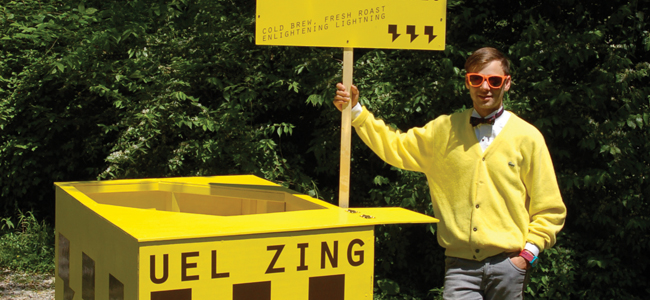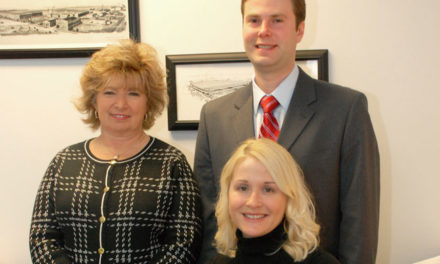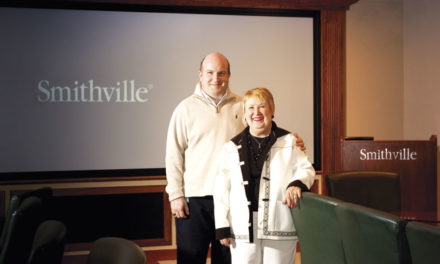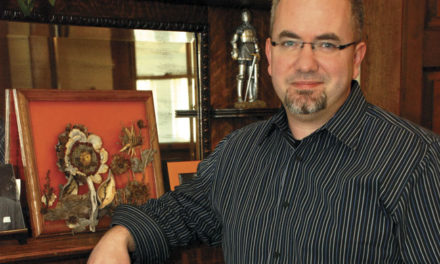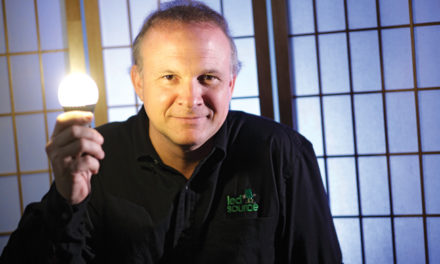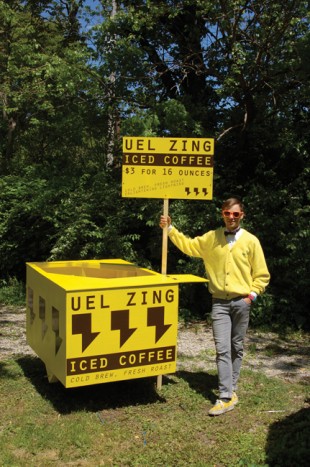
Sam Sveen, back in his cart days. Courtesy photo
BY DANIEL MORGAN
When Sam Sveen began drinking coffee, taste was an afterthought; he was more interested in the energy boost it provided. But after landing a job as a barista at an award-winning coffee shop in Ithaca, New York, he started discovering his own palate, picking up on the subtleties of each variety and the different methods of crafting them. “We were coffee purists,” notes Sveen, as opposed to “coffee snobs.”
The notion that he might want to do something grander with his barista skills came when his girlfriend, Lindsay Welsch, announced she was moving to Bloomington to complete her doctoral degree at Indiana University. Sveen hatched a plan to start his own coffee business in Bloomington and on May 13, 2013, launched Uel Zing, selling iced coffee out of a bright yellow cart he tows around town by bicycle.
Uel Zing has been steadily expanding ever since. After realizing the cart wasn’t a sustainable business model, Sveen recruited friends to help bottle his coffee, which he now supplies to Bloomingfoods Market & Deli, The Back Door bar, The Chocolate Moose, and several businesses in Indianapolis. He also recently opened a Uel Zing café at 725 W. Kirkwood, where he serves cold brew off tap and offers — at the café only — individually brewed, pour-over hot coffee from several roasting companies.
The signature Uel Zing iced coffee is cold brewed by adding a blend of three varieties of freshly roasted coffee grounds from Quarrymen Coffee to filtered, room-temperature water, then letting it steep for 24 hours. The process, though time consuming, isn’t complicated and produces a drink Sveen describes as “super strong but super smooth, with 60 percent less acid.”
Sveen considers Uel Zing part of the third-wave coffee movement that likens coffee to fine wine and places emphasis on the conditions under which it’s grown. The first wave came in the ’50s, Sveen says, “with huge cans of Folgers — who knows where that coffee’s from.” Then Starbucks spurred the second wave in the ’90s by popularizing espresso-based beverages.
Although the Midwest’s coffee culture hasn’t evolved as much as in big cities on the coasts, Sveen sees that as an advantage. “The market’s very ripe for the taking,” he says, “and Bloomington’s community really supports local businesses.”


